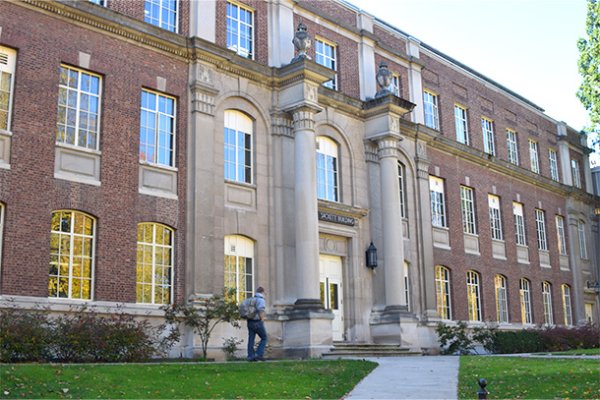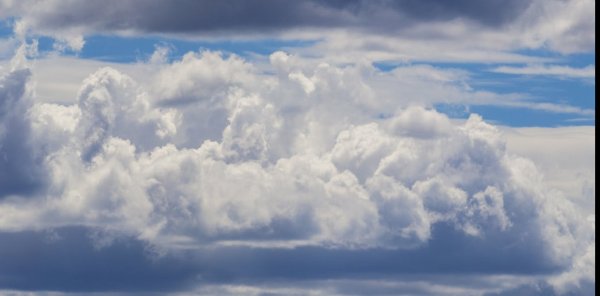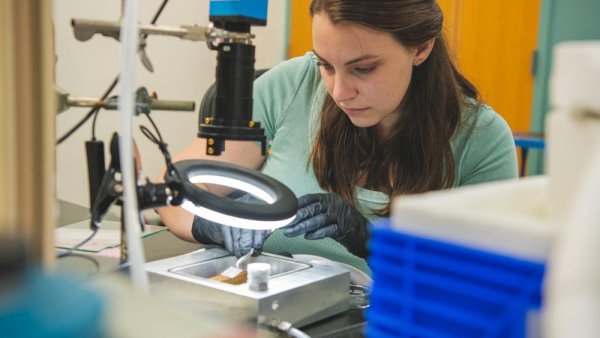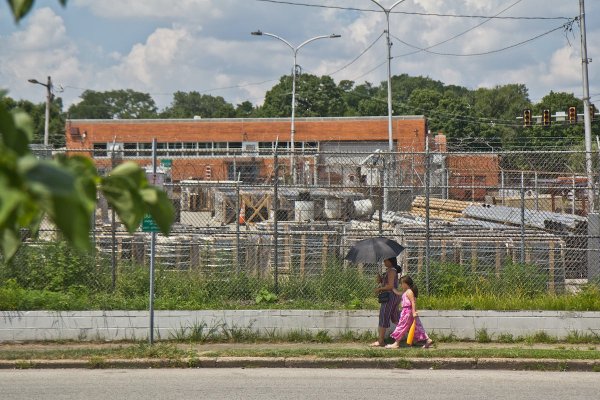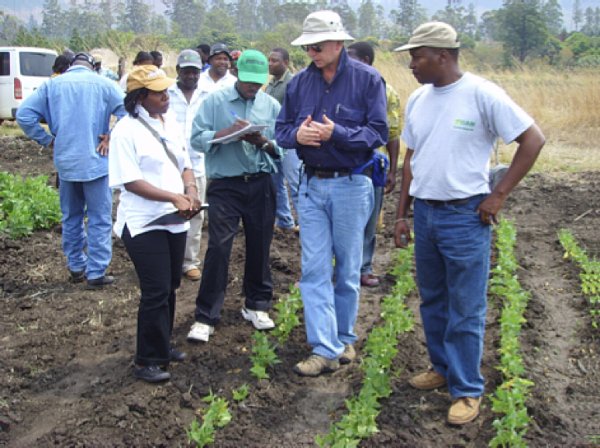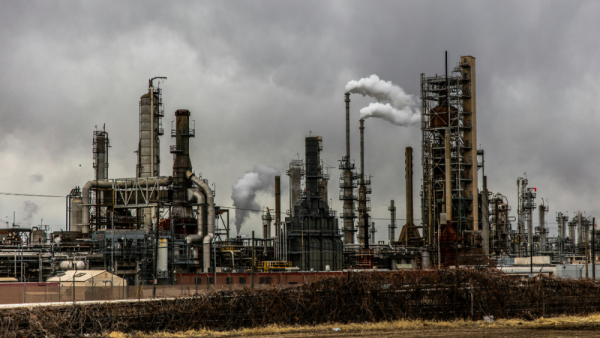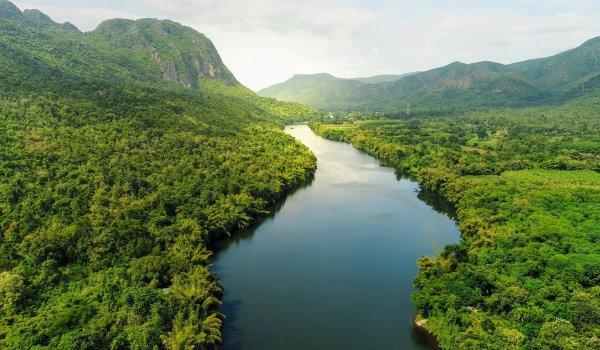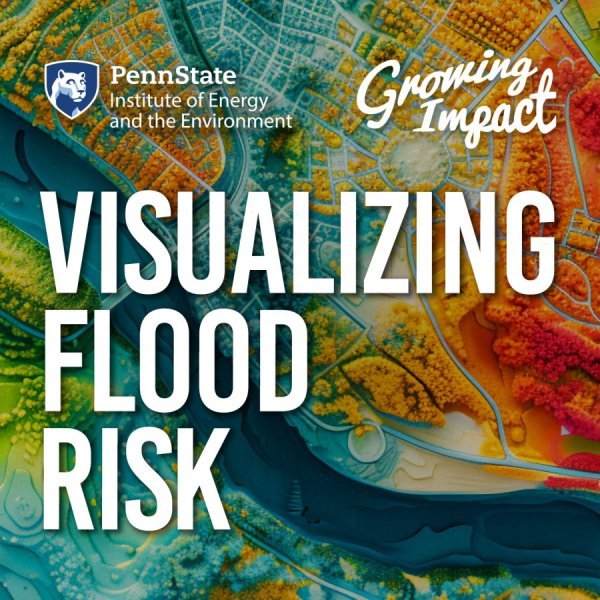Plan advances for additions, renovation to Sackett Building
| news.engr.psu.edu
The Penn State Board of Trustees Committee on Finance and Investment advanced a proposal today (Nov. 7) for renovations and additions to Sackett Building, which borders the southwest edge of Pattee Mall on the University Park campus.
Microplastics promote cloud formation, with likely effects on weather and climate
| theconversation.com
Clouds affect Earth’s weather and climate in many ways. New research suggests that the presence of microplastic particles could alter these processes. This article was written by Miriam Freedman, professor of chemistry and Heidi Busse, PhD student in chemistry.
Sustainability to host Indigenous food sovereignty leader and chef Tawnya Brant
| psu.edu
Penn State Sustainability is wrapping up its semester of programming with both a Sustainability Showcase Series and an Intersections Film Series centered on Indigenous food and foodways. Chef Tawnya Brant — a Kanyen’kehá:ka (Mohawk) woman, Indigenous food sovereignty leader, restaurant owner, and recent "Top Chef Canada contestant" —will join SustainPSU for a series of events.
Trustees support new Applied Research Laboratory facility at Innovation Park
| psu.edu
The Penn State Board of Trustees’ Finance and Investment Committee advanced a proposal on Nov. 7 to construct a new Applied Research Laboratory Building on the University Park campus.
Microplastics impact cloud formation, likely affecting weather and climate
| psu.edu
Scientists have spotted microplastics, tiny pieces of plastic smaller than 5 millimeters, in some of the most pristine environments on Earth, from the depths of the Mariana Trench to the snow on Mt. Everest to the mountaintop clouds of China and Japan. Microplastics have been detected in human brains, the bellies of sea turtles and the roots of plants. Now, new research led by Penn State scientists reveals that microplastics in the atmosphere could be affecting weather and climate.
The Philadelphia region remains under drought watch. Here’s what you need to know
| whyy.org
The Philadelphia area is facing record dry conditions. Meteorologists say months of rainfall is needed. This article and radio segment quotes Steven Seman, associate teaching professor of meteorology and atmospheric science.
Viewpoint: Catalyzing climate solutions through energy and carbon education
| pubs.acs.org
Global CO2 emissions per capita continue to climb, despite rising climate awareness and advances in renewable energy. Empowering communities with clear, relatable ways to understand energy use and emissions could bridge the gap between knowledge and action.
Lu Bai named Verne M. Willaman Professor of Biochemistry and Molecular Biology
| psu.edu
Lu "Lucy" Bai, professor of biochemistry and molecular biology and of physics has been selected as the Verne M. Willaman Professor of Biochemistry and Molecular Biology.
Penn State delegation will head to Azerbaijan for UN's annual climate meeting
| psu.edu
Penn State will be sending its second delegation of students and faculty to COP29, the United Nations’ annual climate meeting, which will be held Baku, Azerbaijan, in November.
Distinguished professor in plant nutrition retires after long, impactful career
| psu.edu
Jonathan Lynch, distinguished professor of plant nutrition, retired this fall after an innovative and impactful 33-year career in Penn State’s College of Agricultural Sciences, focused on conducting research to alleviate world hunger and enhance crop production by subsistence farmers in developing countries.
Public pressure influences whether companies reduce their environmental impact
| psu.edu
The effectiveness of national voluntary programs asking companies to pledge to lower their pollution and greenhouse gas emissions depends on pressure from the public, according to a new study led by a Penn State researcher.
Microplastics are steadily increasing in freshwater environments
| earth.com
As plastic pollution reaches alarming levels in ecosystems worldwide, a new study traces this crisis back to decades of industrial growth. Penn State research links rising freshwater microplastics to the global increase in plastic production since the 1950s.

